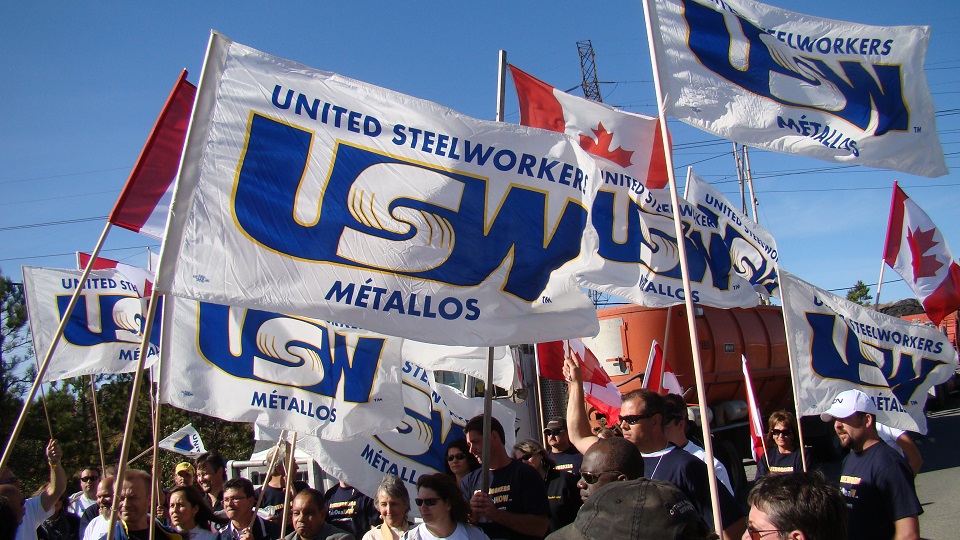For 18 months, they stood their ground on a picket line outside the plant that many had worked in for most of their lives. Through two of the coldest winters, they braved freezing weather as sentinels, guarding a principle that unites them. The 120 workers at Crown Holdings in Toronto were on strike because they refused to betray the next generation of workers.
The demand by Crown was that all new hires would be paid 42 per cent less for the same work. Somehow that seemed wrong to those who had toiled to make their plant the most productive Crown facility in all of North America.
They had received that award only two years earlier, and viewed it with pride. The plant churned out six million cans every day — supplying beer, soft drink and soup producers in central Canada. The employees were the usual mix you find in Toronto’s industrial workforce — Anglo, Caribbean, Asian, European, mostly men but with a few “union sisters” as well. And they did see themselves as a family, with some there for two or three generations.
Perhaps it is the inter-generational presence that makes the owner’s idea of paying less to future employees so offensive. Or maybe it’s a general sense of decency that views that kind of corporate arrogance as nothing short of obscene. The company finally realized that it had struck a raw nerve on this issue, and changed its bargaining approach. After months of strike, it brought in enough replacement workers to run the operation, and informed the union that the two-tier demand would be replaced with an across-the-board cut of all wages by one third.
It’s not hard to figure out that the strikers would reject that idea as well. When they did, the company indicated that if they wanted to end the dispute, only 26 of the original workers would be re-hired, according to an internal email. Two-thirds of the workers might never get their jobs back, as the company intended to keep the replacement workers who had scabbed the strike. It was obvious that the strike was no longer about wages and benefits, but really about crushing the union.
This is one of many labour disputes in Canada in recent years where the defining issue has been the de-valuing of work for new hires. CEOs have succeeded in imposing two tiers on many unions in the U.S., and feel they have the right to standardize that practice in Canada as well. The long battles at Vale INCO, Rio Tinto, and U.S. Steel’s operations in Hamilton and Lake Erie illustrate that veteran union members do not accede to these demands without a hell of a fight. The same issue was at stake in Air Canada, Canada Post and the rail industry where the Harper government intervened on the side of the employer each time.
In fact, the Conservatives have gone out of their way to enforce this new reality on Canadian workers. During the GM crisis in 2009, Minister Tony Clement forced the union to amend the collective agreement along the lines of the two-tier UAW contract as a condition of providing the bail-out money. When Caterpillar announced the closure of the Electro-Motive plant in London because workers there refused to agree to a 50 per cent wage cut, Clement blamed the workers instead of corporate greed. And as others shut down operations here to move to the U.S. or overseas, the Conservatives refuse to lift a finger to oppose wage blackmail that is an integral part of the dominant mode of thinking in Corporate Canada.
Do we wonder why income inequality is spreading? An examination of what young people face today in the job market reads like a third world narrative — two tiered wages; outsourcing sections of work to low-wage contractors; temp agencies replacing entry-level positions; and more work divided into part-time positions with few benefits.
The idea of having to cobble together two or three jobs to make a living, all while paying off student debt, is the reality for hundreds of thousands of young graduates.
It is said that this will be the first generation of Canadians to be worse off than their parents. All signs point to that future. If that becomes their reality, it is no accident. It will be the result of conscious decisions by the wealthiest 1 per cent to impose an agenda of austerity on the rest of us. It’s a business model that inevitably fosters income inequality for decades to come.



